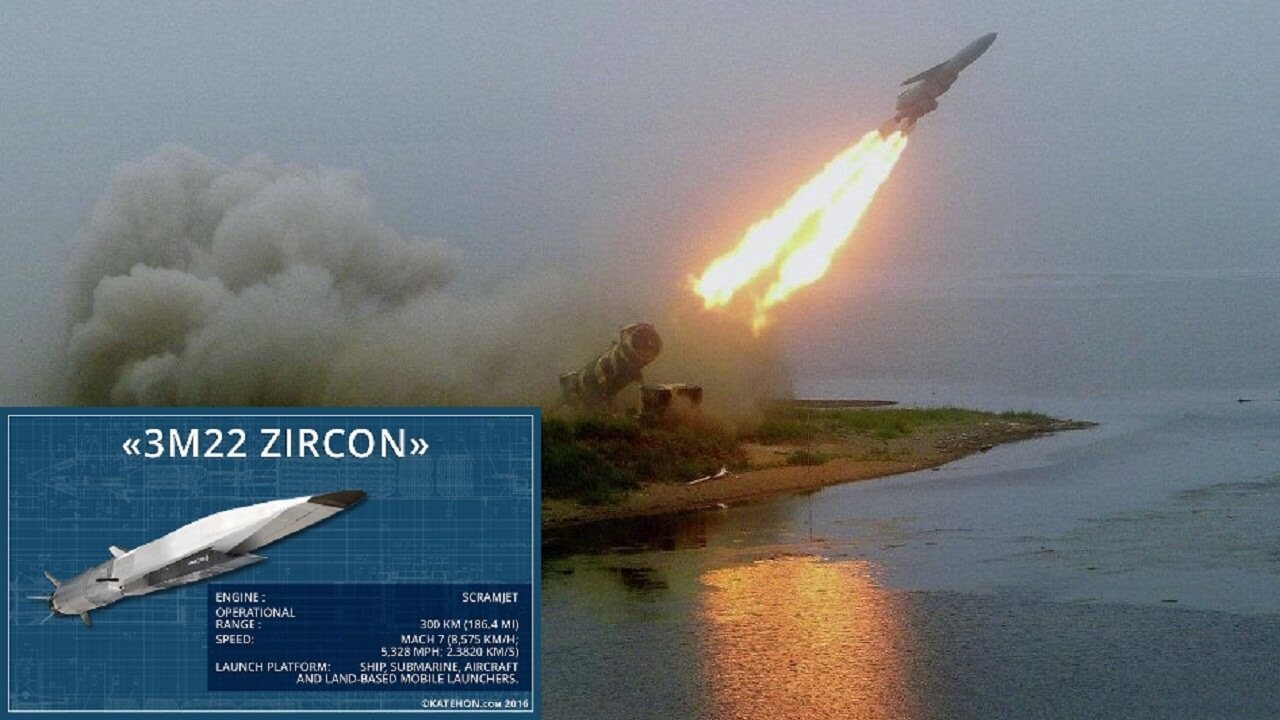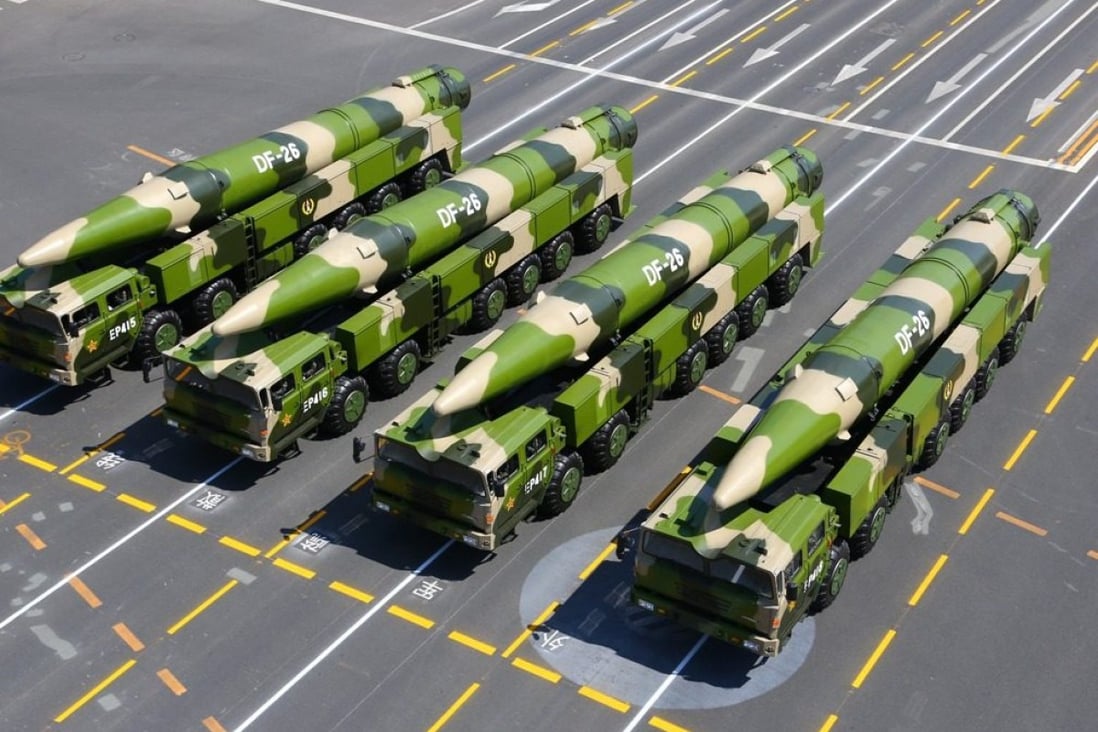Russia has developed and manufactured a mobile launcher for a coastal version of the Tsircon (Zircon) hypersonic missile, per the latest report by Russia’s state-owned TASS news agency.
“A prototype of a mobile launcher for a coastal missile system with a Zircon hypersonic missile has already been created. As in the case of the Bastion missile defense system, the launcher will carry two missiles,” a source close to the Russian military department told TASS.
According to the source, the Tsircon coastal missile defense system will have a four-axle launcher. TASS said it has no official confirmation of this information.
Tsircon/Zircon Hypersonic Missile
EurAsian Times reported in May that Russia is developing a new coastal system to launch its much-touted Tsircon hypersonic cruise missile that can hit both land-based and sea-based targets.
This coastal version of the Zircon will offer capabilities similar to the Bastion missile defense system that uses Oniks anti-ship cruise missiles. So far, only the aviation and sea-based variants of the Tsircon are known to exist.
Anatoly Svintsov, deputy general director of NPO Mashinostroeniya, which produces Onyx and Tsircon missiles, told the Zvezda military TV channel that his company had been directed to “intensify work on the creation of a marine version of the missile.”
Meanwhile, the existing ship-launched Tsirkon missiles are supposed to have entered the Russian military service before September, according to a previous EurAsian Times report.
They were to be first deployed on the Northern Fleet’s Admiral Gorshkov frigate, according to the announcement by Russian President Vladimir Putin on the occasion of Russia’s Navy Day on July 31.
In October 2021, Russia conducted the first tests of the Tsirkon hypersonic missile from the Northern Fleet’s Severodvinsk nuclear-powered submarine. After that, in December 2021, President Putin announced that the Tsirkon hypersonic missile had completed the salvo launch.
The final test was carried out in May of this year, in which the missile was fired from Admiral Gorshkov up to the maximum possible range of about 1,000 kilometers from the Barents Sea against a naval target in the White Sea.
While the missile tests were being carried out, the serial production of Tsirkon missiles had already commenced, according to the Russian media reports in November 2021.
The Zircon ship-launched hypersonic missile is one of Russia’s six strategic weapons, also known as ‘Super Weapons,’ that President Putin unveiled during a speech in 2018 at the Manezh Central Exhibition Hall near the Kremlin.

The missile can reportedly evade the most sophisticated American air defense systems. Because of its tremendous high speed, the air pressure in front of the missile is said to create a plasma cloud that traps radio waves, making it nearly invisible to radar systems.
Admiral Gorshkov frigate launched a Tsirkon hypersonic missile in the White Sea.According to objective monitoring data, the Tsircon hypersonic missile successfully hit a coastal target located at a distance of over 350 kilometres. pic.twitter.com/7FCuMzqMqb
— Massimo Frantarelli (@MrFrantarelli) July 19, 2021
It is believed that the Tsircon missile can sink even the most advanced American aircraft carriers, and according to experts, it could easily defeat the US’ Aegis Combat System.
Zmeevik Ballistic Missile
Apart from the coastal version of the Zircon missile, Russia is also developing a new ballistic missile called the ‘Zmeevik’ for the coastal missile units of the Russian Navy. This missile will reportedly be able to travel at hypersonic speeds and sink an aircraft carrier.
Also, the Zmeevik would be similar to the Chinese DF-21D anti-ship ballistic missile, according to unnamed sources close to the Russian military department cited by TASS. The DF-26 intermediate-range ballistic missile has a range of up to 4,000 kilometers, according to TASS.

As stated earlier, both Tsircon and Zmeevik are said to be capable of destroying aircraft carriers, and both these missiles will reportedly join the coastal defense units of the Russian Navy.
Moscow and Beijing are concerned about USA’s technological advantage at sea, as the US Navy plans to maintain a fleet of 12 nuclear-powered aircraft carriers. In contrast, China currently has three aircraft carriers, the fourth in the pipeline, and Russia only has one.
Therefore, the land-based Dong Feng-21D (DF-21D), also known as the ‘carrier killer’ missile with a range of 1,500 kilometers, is at the center of China’s strategy to counter any US military action off its eastern coast, as discussed in detail by a previous EurAsian Times report.
Likewise, even the Russian Navy is developing coastal defense capabilities for a contingency where an American aircraft carrier could come close to the Russian coast.
- Contact the author at tanmaykadam700(at)gmail.com
- Follow EurAsian Times on Google News




